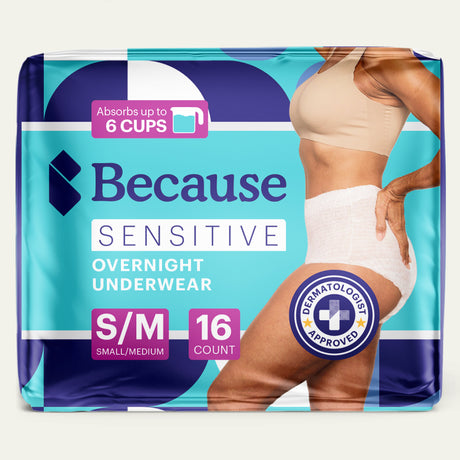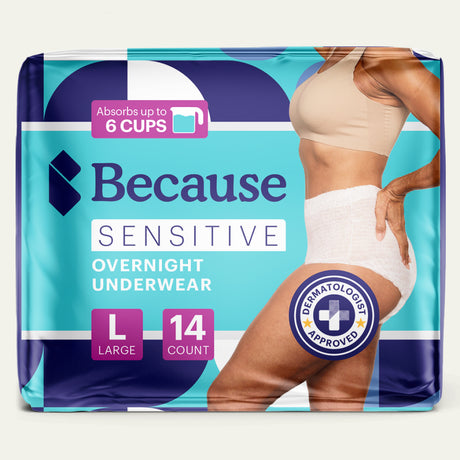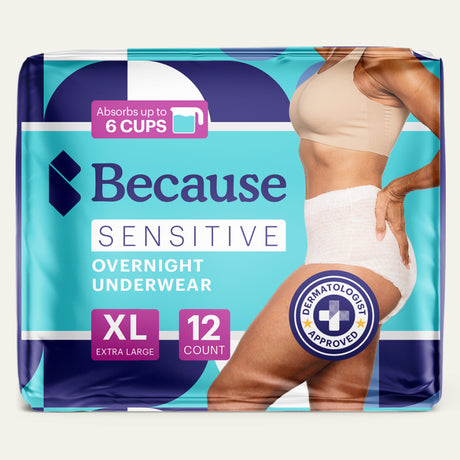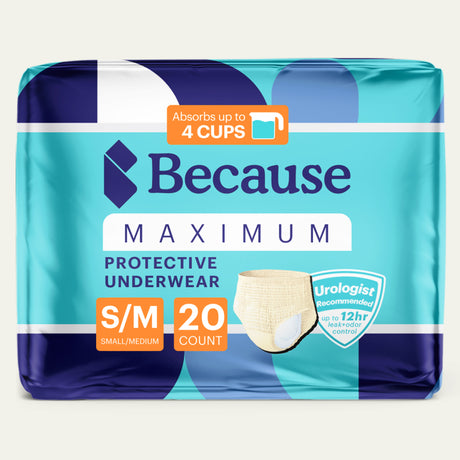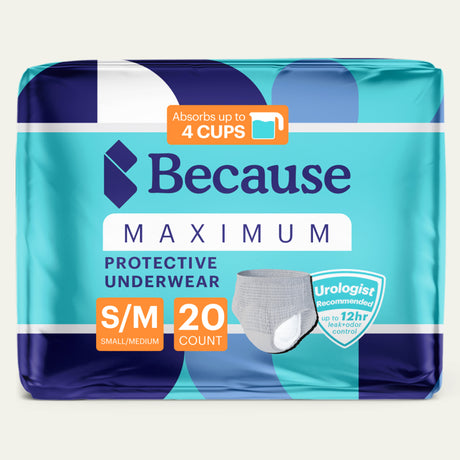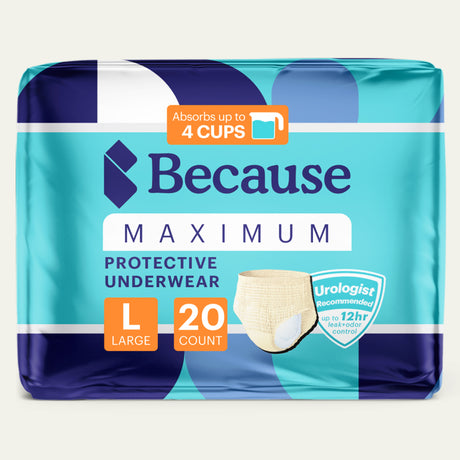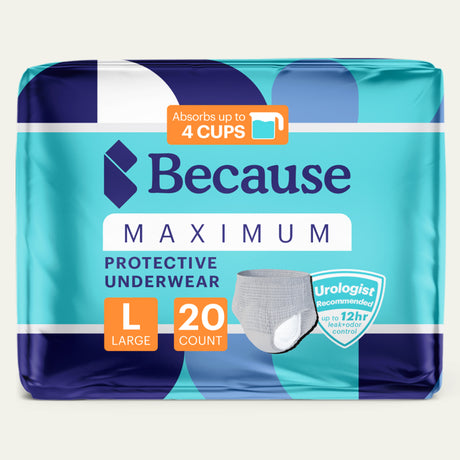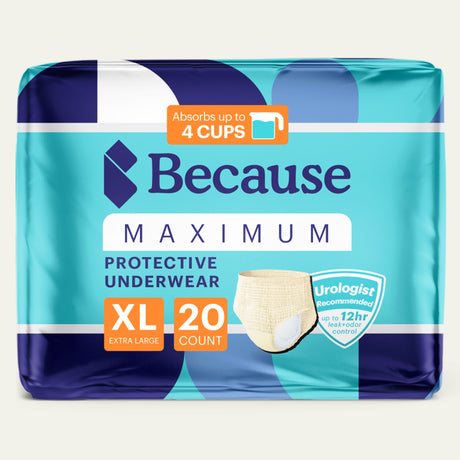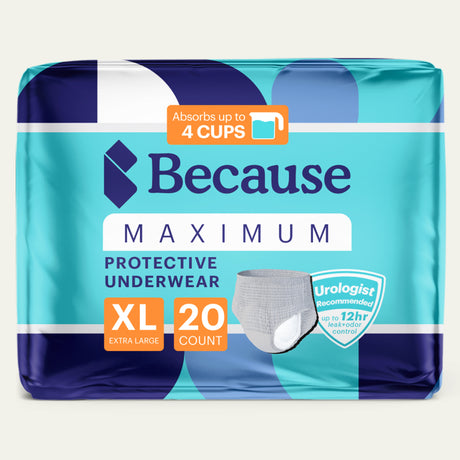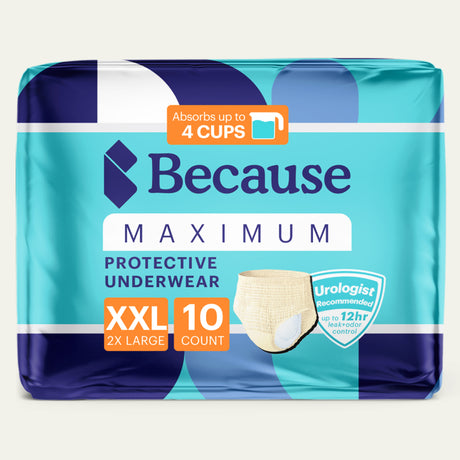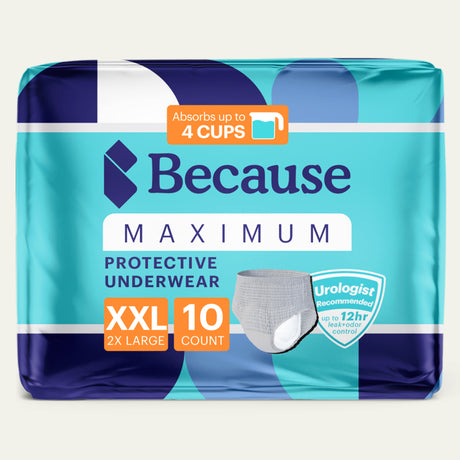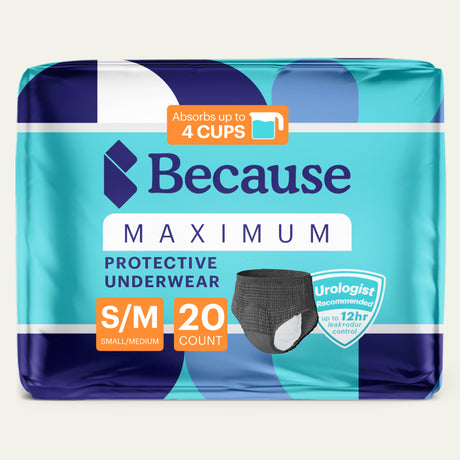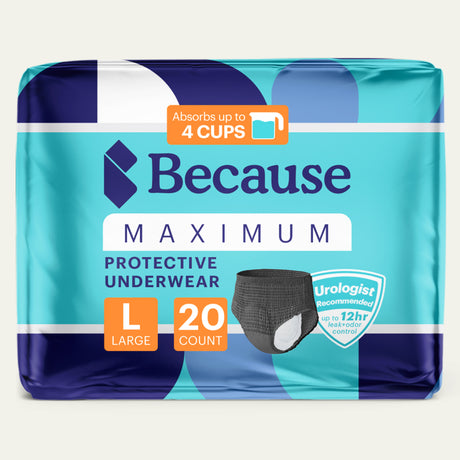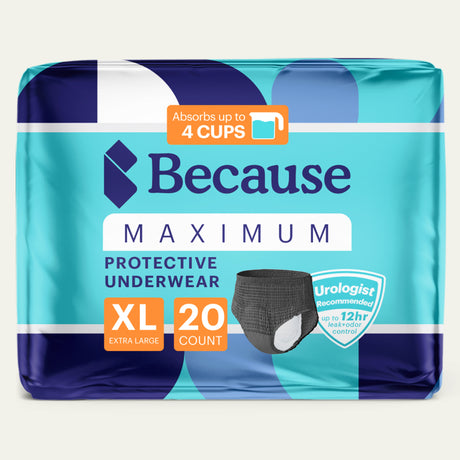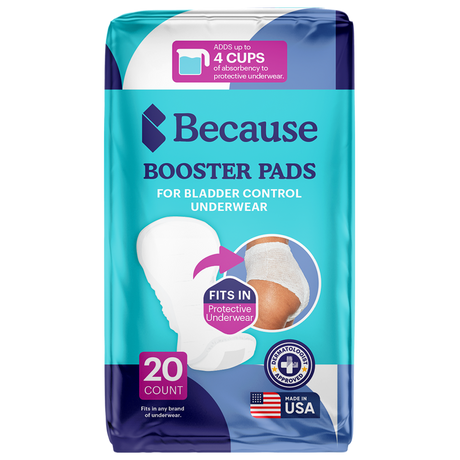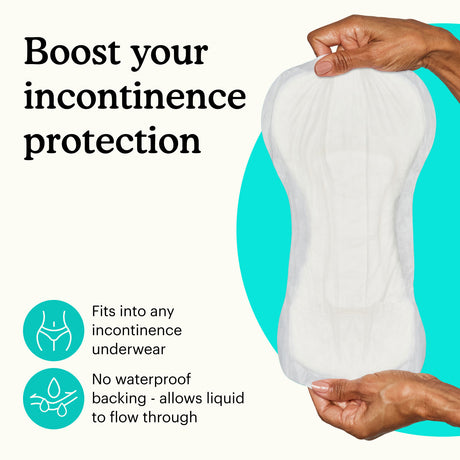Dealing with urinary incontinence (UI) is a common challenge for older adults. More than a third of those 65 and above experience incontinence. Despite the widespread prevalence of UI in the older community, there’s still a damaging stigma around this issue.
UI can affect the social well-being, sleep patterns, nutrition, and exercise habits of those who suffer from it. There are a few ways to take back control of your everyday life, and building strength in your pelvic floor muscles through special exercises can make a big difference.
How Can Exercises Help with Bladder Control?
To understand how exercises for bladder control can help, you first need to know a bit about the anatomy of the urinary system. Your bladder is the organ that stores urine until you’re ready to urinate. Then, two sphincter muscles relax, allowing urine flow to exit the bladder and travel through a tube called the urethra before leaving the body.
Your bladder gets support from muscles called the pelvic floor. These muscles can grow weak due to obesity, nerve problems, age, menopause, childbirth, chronic constipation, and other causes. Reduced muscle tone in the pelvic floor reduces the amount of support, leading to incontinence symptoms.
In the case of stress incontinence, minor urine leakage happens when you cough, laugh, sneeze, or exercise due to weak pelvic floor muscles. The weakness of the pelvic floor muscles worsens other types of incontinence (like urge incontinence and overactive bladder).
A study by a pelvic floor expert, Michelle Kenway, has shown that pelvic floor exercises have helped patients improve incontinence issues by 70%. Not only are exercises for the bladder muscles effective, but they’re also easy to do at home.
Best Exercises for Bladder Control
If you’ve ever struggled with urinary incontinence, consider introducing some of these exercises into your routine.

Pelvic Floor Activators
Pelvic floor activators are great exercises for beginners because they allow you to become aware of the location of the bladder muscles. To do them:
- Empty your bladder.
- Sit or lie in a comfortable position.
- Close your eyes and take some deep breaths to relax.
- Activate the front or anterior pelvic floor muscles by imagining that you are trying to stop the flow of urine mid-stream.
- Activate the back or posterior pelvic floor muscles by imagining that you are trying to keep yourself from passing gas or trying to hold in a bowel movement until you reach the toilet.
- Take three deep breaths.
- Do ten sets of steps four, five, and six.
Don’t worry if you have trouble isolating the correct muscles at first. For some people, it takes time to learn exactly where they are. Women may find it helpful to insert a finger into their vagina and try to squeeze it. Men can do the same thing by slipping a finger into their rectum.
Kegels
Kegels isolate the pelvic muscles and are a simple exercise you can perform anywhere. As a result, they’re an excellent option for older adults with incontinence and mobility issues that limit their physical activity. To do Kegel exercises correctly:
- Go to the bathroom and empty your bladder.
- Sit or lie down in a comfortable position.
- Tighten your pelvic floor muscles.
- Hold the contraction for 3 to 5 seconds.
- Release your muscles.
- Pause for 3 to 5 seconds.
- Repeat ten times.
Pelvic Tilts
Pelvic tilts do more than just strengthen weakened pelvic floor muscles. They may also reduce back pain by stretching the spine and promoting stronger buttocks and abdominal muscles. To perform them:
- Lie flat on your back.
- Bend your knees and plant your feet flat on the floor.
- Tilt your hips upward while keeping your upper back against the floor. Lead with your buttocks, tightening your muscles as you lift.
- Pause for 10 seconds.
- Slowly return your hips to the ground.
- Repeat ten times.
Squats
While working out the hips, glutes, and legs, squats also exercise the pelvic floor muscles. To do them:
- Place your feet hip-width apart.
- Position your body so your hips, knees, and feet face forward.
- Bend your knees and lower your buttocks like you’re trying to sit in a chair. Keep your core tight to support yourself.
- Continue until your thighs are parallel to the floor.
- Slowly straighten your legs and return to a standing position.
- Realign your body to face forward.
- Repeat ten times.
When doing squats, be sure to wear sneakers with good tread. If you have knee problems, consult your medical provider before trying squats.
Yoga
Yoga is a form of exercise that involves moving through a series of poses while controlling your breath. Many postures require you to engage the pelvic floor and can complement bladder control exercises. Look for yoga classes in your area, use videos on social media, or subscribe to a service that lets you stream courses at home.
How Often Should I Exercise for Bladder Control?
Pelvic activators and Kegel exercises are great for daily health. Experts typically recommend performing Kegels thrice daily: once in the morning, once in the afternoon, and once at night.
Aim for two to three sessions per week for squats and pelvic tilts. As the exercises get easier, you can increase the number of reps.
When Will I See Results from Doing Exercises for Bladder Control?
How long it will take to strengthen your pelvic floor muscles to produce noticeable results (like fewer urine leaks) depends on various factors, including the severity of your symptoms, age, and how often you exercise. The U.S National Library of Medicine states that Kegel exercises typically lead to noticeable results within four to six weeks when done for a few minutes three times daily.

Can Men Also Benefit from Exercises to Improve Bladder Control?
Many people associate Kegels with vaginal strengthening and pelvic floor conditioning, but they’re not just for women. Men have the same pelvic floor muscles as women and can get weaker from age, chronic constipation, obesity, prostate problems, and other factors. All of the exercises outlined above have the potential to benefit men with urinary incontinence as well as women.
Should I Try Bladder Training to Improve Bladder Control?
Bladder training can complement a pelvic floor exercise program to enhance results. It involves using the bathroom regularly to reduce the frequency of urination and increase the amount of urine the bladder can hold.
Typically, you begin by emptying your bladder in the morning and then going to the bathroom at specific times during the day. If you feel the urge to urinate between scheduled times, you can use Kegel exercises and deep breathing to resist the urge.
Although bladder training can be beneficial, you should consult your healthcare provider before trying it. They can help you set goals for your training program and advise on selecting the interval between bathroom visits.
Talk to Your Health Care Provider
The information in this article is for general information only and isn’t a substitute for the advice of a healthcare professional. They may refer you to a physical therapist who can teach you how to strengthen weak pelvic floor muscles or discuss treatment options like dietary supplements, medications, and natural remedies for incontinence.
Does your loved one struggle with incontinence? Take our bladder protection quiz and get a sample pack to try.
Take The Quiz
If you're struggling with incontinence, join one of our private support groups today!
Women's Incontinence Support Group
Men's Incontinence Support Group
Sources:
American Journal of Nursing. (2020). Urinary incontinence in older adults: Quality of care. Retrieved from https://journals.lww.com/ajnonline/fulltext/2020/01000/urinary_incontinence_in_older_adults.25.aspx#:~:text=According%20to%20a%20Centers%20for,to%20have%20experienced%20urinary%20leakage.
MedlinePlus. (n.d.). Urinary incontinence in women - discharge. Retrieved from https://medlineplus.gov/ency/patientinstructions/000141.htm








